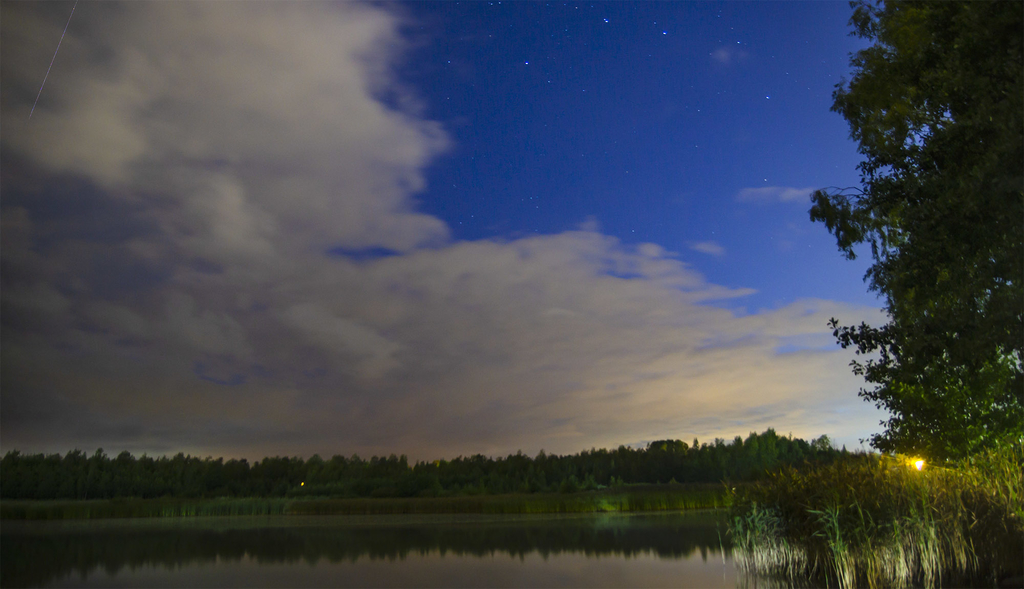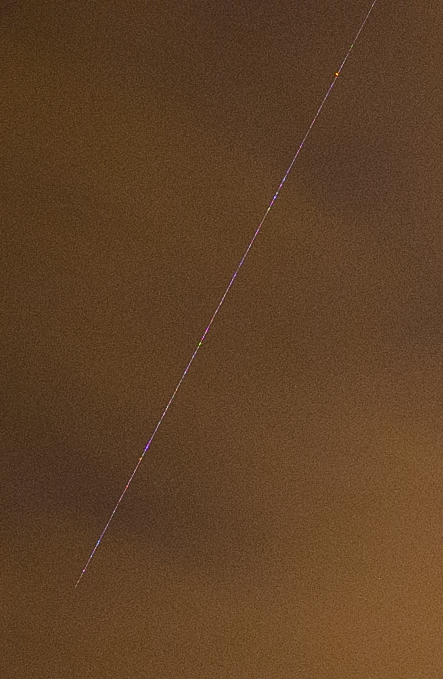I already contacted Ursa, that is a Finnish astronomical association. I don't wanna waste their time more with this since I know they don't have too much time. But I photographed this thing and they said that it might be a cosmic ray. What do you think? They also told me that it's possible to take more cosmic ray photos by adding the camera body plug/lens cap and locating your camera in some dark place for taking a very long exposure photo and in some of those photos there might be a change that a cosmic ray hits your camera sensor. I've not yet tried it but seems reasonable.



[Thread info:]



[Thread info:]
I was in Järvenpää when I took the photo.
Device NIKON D7000 (NIKON CORPORATION)
Lens Tamron SP AF 17-50mm F/2.8 XR Di II LD Aspherical (IF)
Photo Date 2019:08:08 01:45:55
Focal Length 17.0 mm (35 mm equivalent: 25.0 mm)
Aperture ƒ/2.8
ISO 500
Based on the Stellarium time and angle of Ursa Major (Big Dipper) it seems like is UTC+3. So 22:45 UTC Aug 7 2019
Last edited by a moderator:







